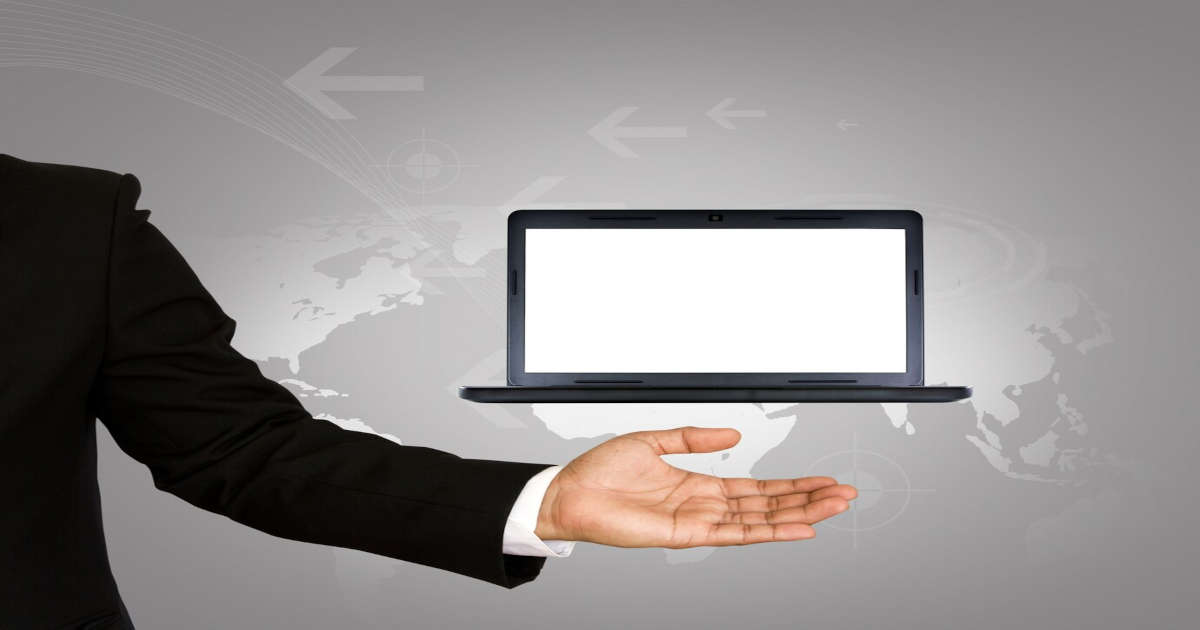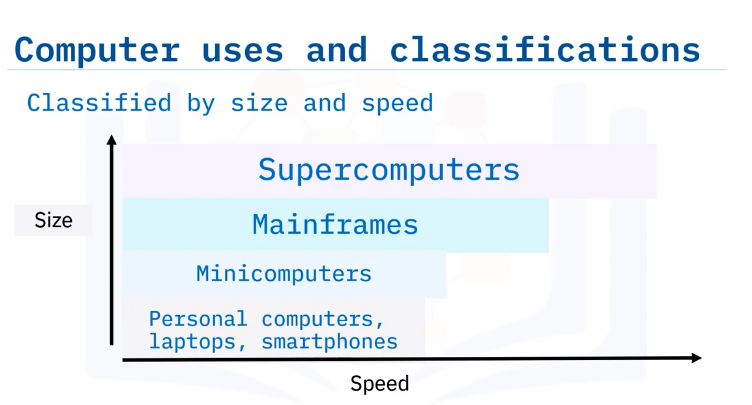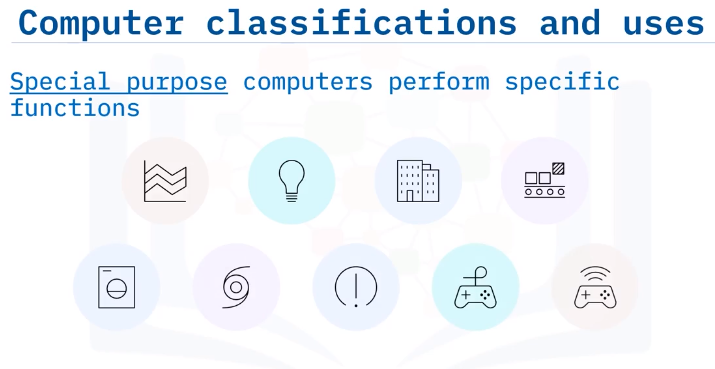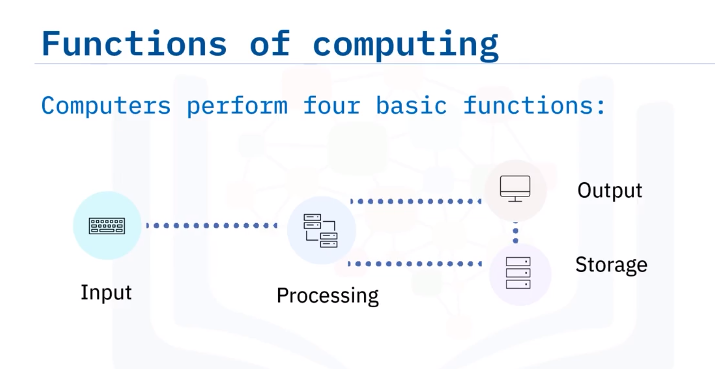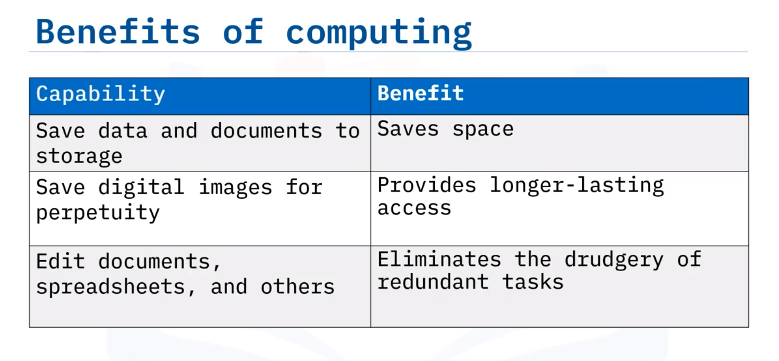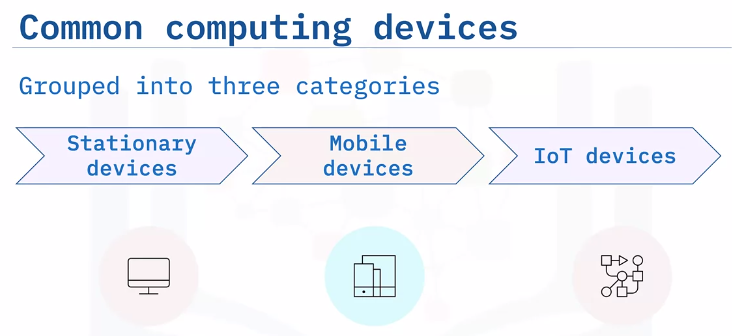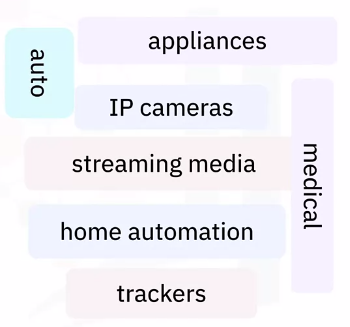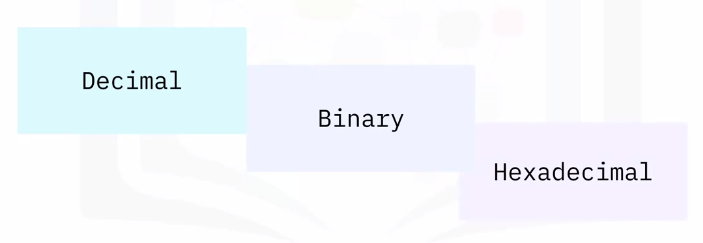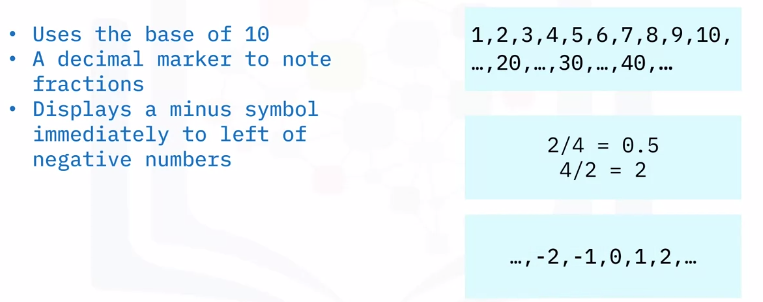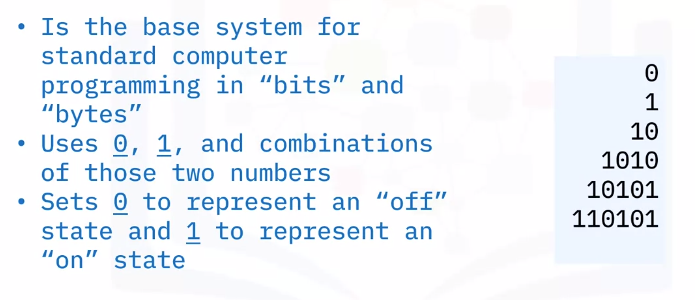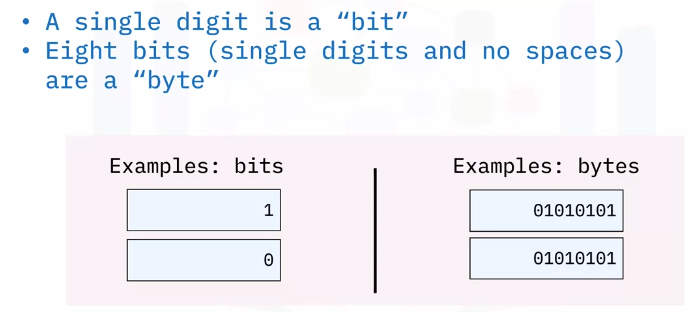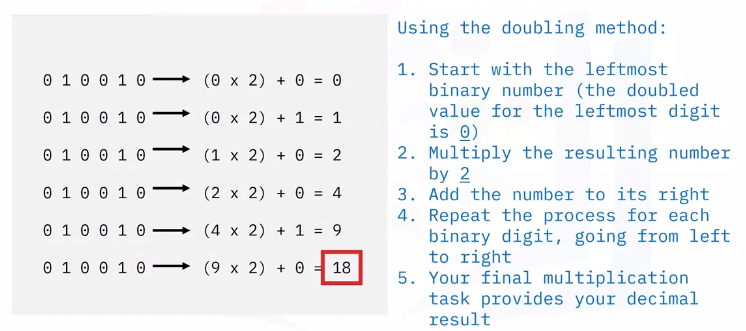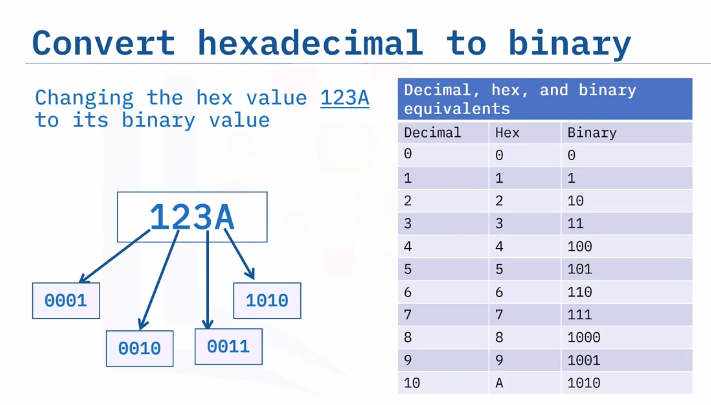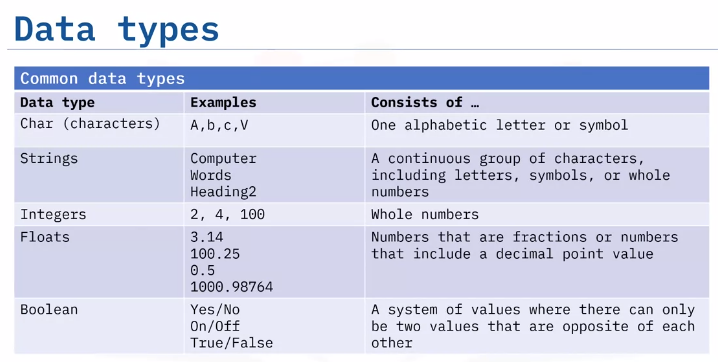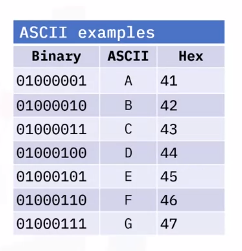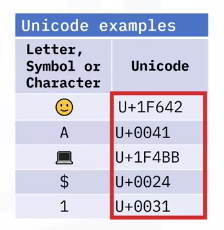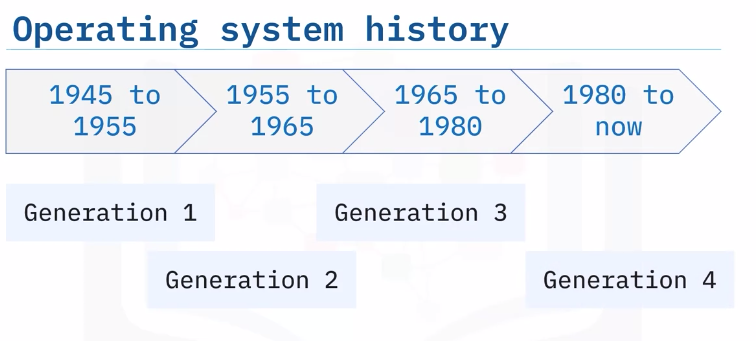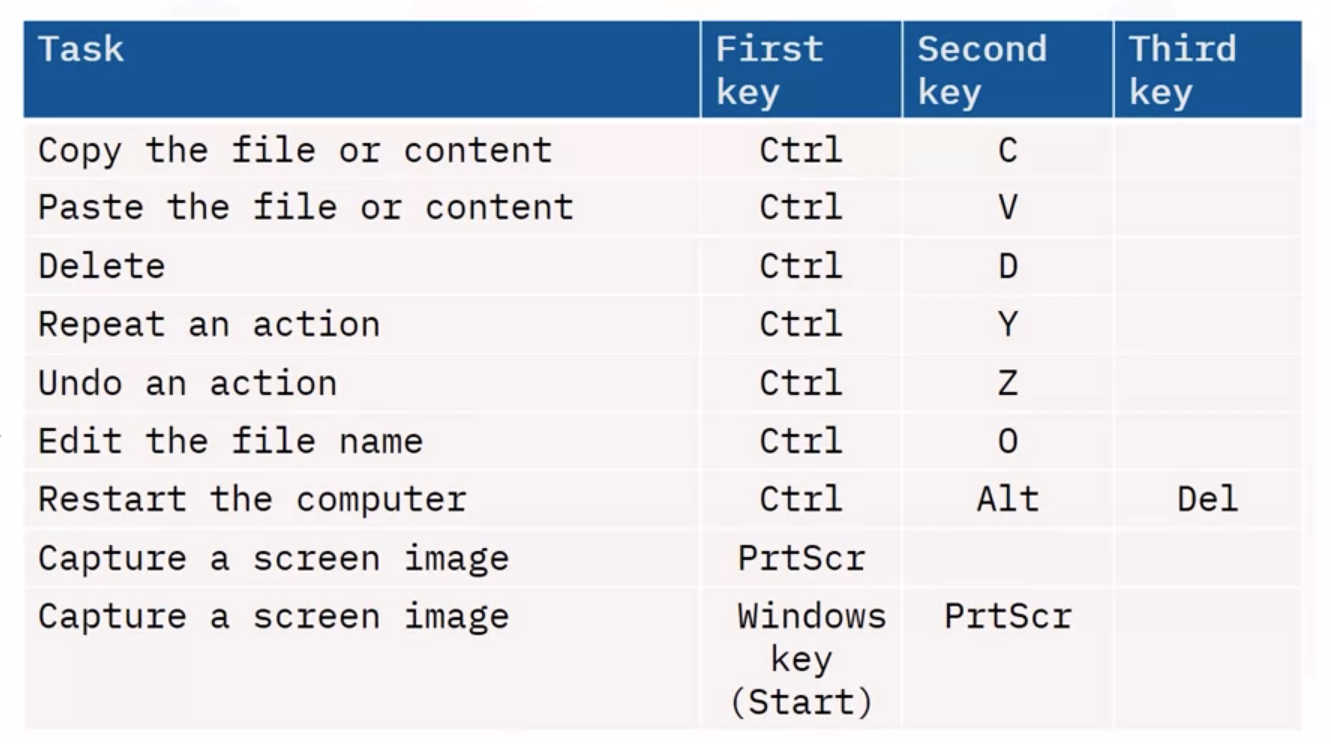Introduction to Computing Fundamentals
Introduction to Computing Fundamentals
- The global IT spending on devices, including PCs, tablets, mobile phones, printers, as well as data center systems, enterprise software, and communication services came to 4.24 trillion USD in 2021.
It expected to increase by approximately 5.1 percent to around 4.45 trillion USD in 2022.
A computer is a device or system that includes:
Functions of computing
Benefits of computing
Common Computing Devices and Platforms
Stationary computing devices
- Remain on a desk, rack, or other stationary location.
- Consist of a box or chassis.
- Includes processors, storage, memory, input, and output connections.
- Memory and storage, often updatable.
Workstations
- Used at the office and at home.
- Typically, in a hard box containing processors, memory, storage, slots.
- Include connections for external devices and wireless connectivity.
- Enable memory, storage, and graphic card upgrades.
- Use Microsoft Windows, macOS, and Linux OSes.
Servers: functions
- Installed on networks
- Enabling shared access
- Media storage – movies videos, sound
- Web servers – websites
- Print servers – print documents
- File servers – files and documents
- Email servers – email storage
- Provide fault tolerance for businesses to keep working
Servers: hardware support
- Motherboard providers hardware support for multiple:
- Processors
- Memory (RAM)
- Graphic cards
- Storage
- Port connections
Servers: operating systems
Use operating systems that support distributed workloads:
- Microsoft Windows Server
- Linux
- UNIX
- Mac OS X
- FreeBSD
Stationary devices: gaming consoles
- Contain processors, memory, graphic processors (GPU), input ports, and output ports
- Console include Microsoft Xbox, Sony PlayStation, and Nintendo
- Hardware features enhanced memory caching and graphics processing
- Required additional hardware devices such as wired or cabled handheld devices
- Usually not upgradable
Mobile devices
- Laptop processing power matches desktop performance
- Tablets have both business and personal uses
- Smartphones are a hub for life management
- Portable and Wi-Fi enabled gaming systems abound
- Transforming both business and personal life
IoT devices
- Contain chips, sensors, input and output capabilities, and onboard software.
- Enable the exchange of data with other devices and systems.
- Communicate via Wi-Fi, Bluetooth, NFC, Zigbee, and other protocols.
Software updatable, but generally no hardware upgrades.
IoT devices: categorized
Understanding How Computers Talk
Notational systems defined
A system of symbols that represent types of numbers.
Notational systems – decimal
Notational systems – binary
Convert to decimal to binary
Convert binary to decimal
Notational Systems – hexadecimal
- Uses 16 digits, referred to as base 16, including the numbers 0 through 9, and the letters A through F.
- Enables compact notation for large numbers
Used for MAC addresses, colors, IP addresses, and memory addresses
Convert hex to binary
1) Note the hex number, and represent each hex digit by its binary equivalent number. 2) Add insignificant zeros if the binary number has less than 4 digits. For example, write the decimal 10 as 0010. 3) String (concatenate) all the binary digits together from left to right. 4) Discard any leading zeros at the left of the concatenated number.
The result is 100100011010.
Data Types
Character Types
ASCII
American Standard Code for Information Interchange:
- Developed from telegraph code and first published in 1963.
- Translates computer text to human text.
- Originally a 7-byte system (to save on transmission costs) representing 128 binary character.
- Expanded to 8-bytes representing another 256 characters.
- Full charts are available online.
Unicode
Unicode includes ASCII and other characters from languages around the world, as well as emojis.
- Web pages use UTF-8.
- Popular programming languages use Unicode 16-bit encoding and a few use 32-bit.
- Commonly formatted as U+hhhh, known as “code points”, where hhhh is character hexadecimal value.
- Conversion services are available online.
An Introduction to Operating Systems
Operating system basics
Operating systems consist of standardized code for:
Input>Output>Processing>Storage
- CLI
- GUI
Operating system history
The first generation (1945-1955)
- Operating systems that worked for multiple computers didn’t yet exist.
- All input, output, processing, and storage instructions were coded every time, for every task.
- This repetitive code became the basis for future operating systems.
The second generation (1955-1965)
- Mainframe computers became available for commercial and scientific use.
- Tape drives provided input and output storage.
- In 1956, GM Research produced the first single-stream batch operating system for its IBM 704 computing system.
- IBM became the first company to create OSes to accompany computers.
- Embedded operating systems were developed in the early 1960s and are still in use.
- Focus on a single task.
- Provide split-second response times.
- Real-time operating systems are a type of embedded operating system used in airplanes and air traffic control, space exploration.
- As the time passed, real-time OSes started being used in satellite systems, Robotics, Cars/automobiles.
The third generation (1965-1980)
- Additional companies began creating their own batch file operating systems for their large computing needs.
- Network operating systems were developed during this time.
- Provide scalable, fast, accurate, and secure network communications.
- Enables workstations to operate independently.
- In 1969, the UNIX operating system, operable on multiple computer systems, featured processor time-sharing.
The fourth generation (1980 to now)
- Multitasking operating systems enable computers to perform multiple tasks at the same time.
- Linux
- 1991: Linus Torvalds created a small, open source PC operating system.
- 1994: Version 1.0 released.
- 1996: Version 2.0 released, included support for network-based SMP benefitting commercial and scientific data processing.
- 2013: Google’s Linux-based mobile operating system, Android, took 75% of the mobile operating system market share.
- 2018: IBM acquired Red Hat for $34 billion.
- macOS
- 1999: OS X and macOS, based on UNIX, offered with PowerPC with PowerPC-based Macs.
- 2006: Apple began selling Macs using Intel Core processors.
- 2020: Apple began the Apple Silicon chip transition, using self-designed 64-bit, ARM-based Apple M1 processors on new Mac computers.
- Windows
- 1981: MS-DOS launched
- 1985: Launched a graphical user interface version of the Windows operating system.
- 1995: Windows 95 catapulted Microsoft’s dominance in the consumer operating system software market.
- Today, Microsoft holds about 70% of consumer desktop operating system market share.
- Microsoft also offers network, server management, mobile, and phone operating systems.
- ChromeOS
- 2011: Launched ChromeOS, built atop Linux.
- Offers a lightweight operating system built for mobile devices.
- Requires less local storage and costs less.
- Currently composes about 10% of the laptop market.
- Linux
- Mobile operating systems also fit the definition of multitasking operating systems.
- Android
- iOS
- Windows
- ChromeOS
Getting Started with Microsoft Windows
Logging into Windows
Four methods of logging into Windows
- PIN
- Password
- Photo
- Fingerprint
